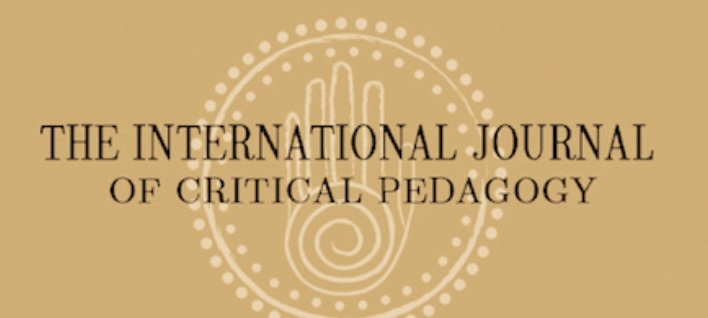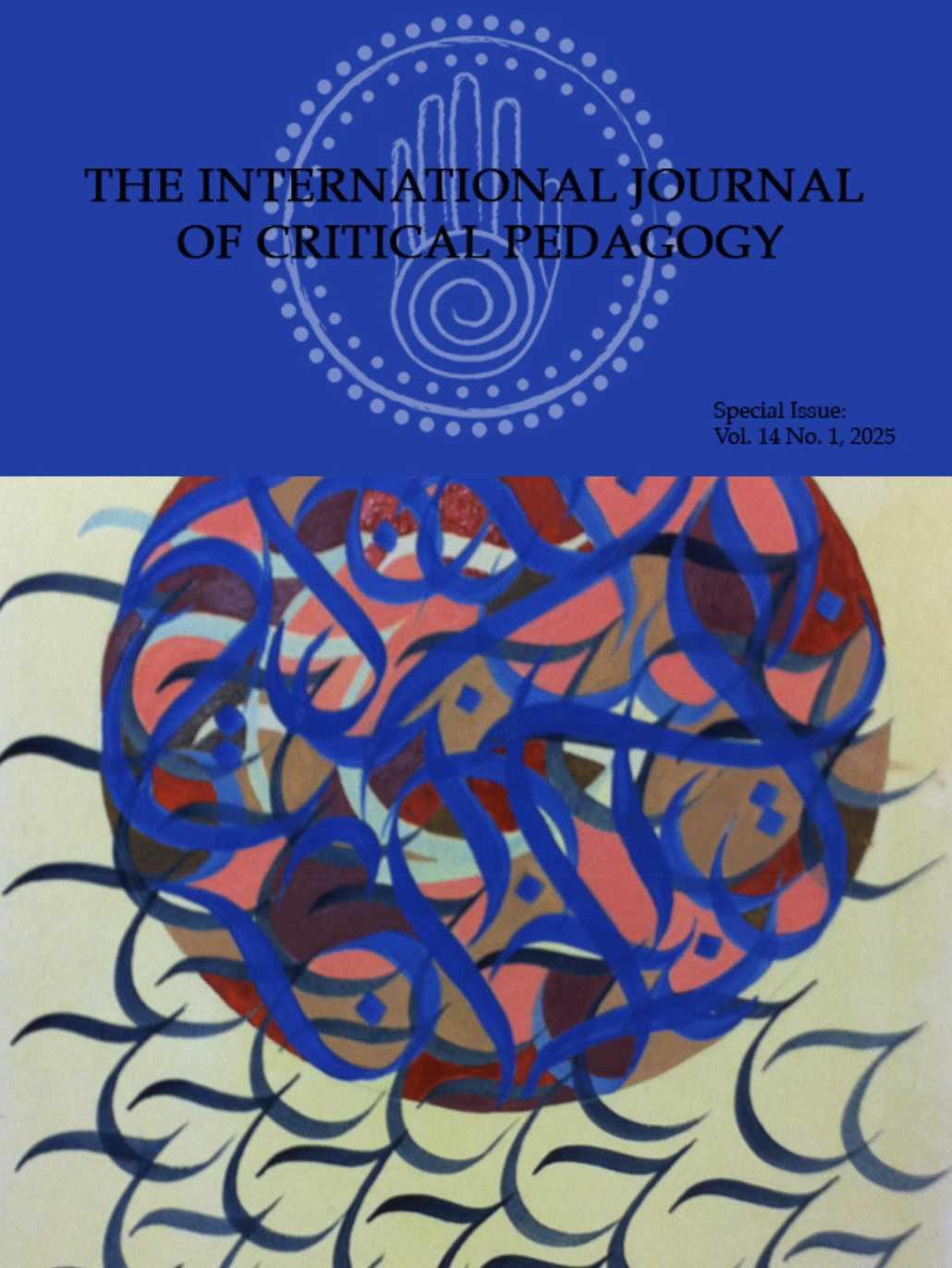Abstract
In this article the author reflects on her experiences as a visiting dance teacher for preparatory class pupils at a public school in Finland. Preparatory classes are intended for children who have arrived in Finland recently from another country, and who do not yet know Finnish language. As part of a broad research initiative, Art as public service: Strategic steps towards equality, the author entered the school with an intention to approach language learning through movement and dance, an approach aligned with the notion of embodied learning. As a broader aim, she wanted to understand how movement and dance can support intersubjective understanding, social interaction and communication especially in groups where the members come from diverse cultural and ethnic backgrounds, and do not have a common spoken language. The reality of the school context, and the pupils’ life situations, however, posited unforeseen challenges to these aims. The author approaches this inquiry into the complex social reality through autoethnographical, performative writing. She unravels her observations, reflections and embodied experiences. Through revealing her experiences and vulnerable moments she attempts to illuminate others’ vulnerabilities, and incite discussion on embodied sensibilities that may help us understand the challenges of “migrating” pedagogies; a notion that is connected to critical, dialogical pedagogy, ecojustice education, and socio-material approaches to education. She concludes that embodied interaction, when creatively and carefully nurtured, may at least temporarily generate a space where words are not needed for intersubjective understanding and dialogue, and where something new may emerge. For her, these moments give hope and trust in the possibility of migration towards a place called dance.
Keywords: embodied learning, dance education, public school, autoetnography, performative writing
How to Cite:
Anttila, E., (2019) “Migrating pedagogies: Encountering immigrant pupils through movement and dance”, International Journal of Critical Pedagogy 10(1).
Downloads:
Download PDF
View PDF

